Some months ago, my JesCom team and I found ourselves in Spain following the footsteps of San Ignacio de Loyola, founder of the Society of Jesus. This was part of our initial research on the great Basque saint whose life we are (bravely) putting on the big screen sometime in 2015. We wanted to walk in his shoes for a few days. By doing so, perhaps we would be able to tell his story better.
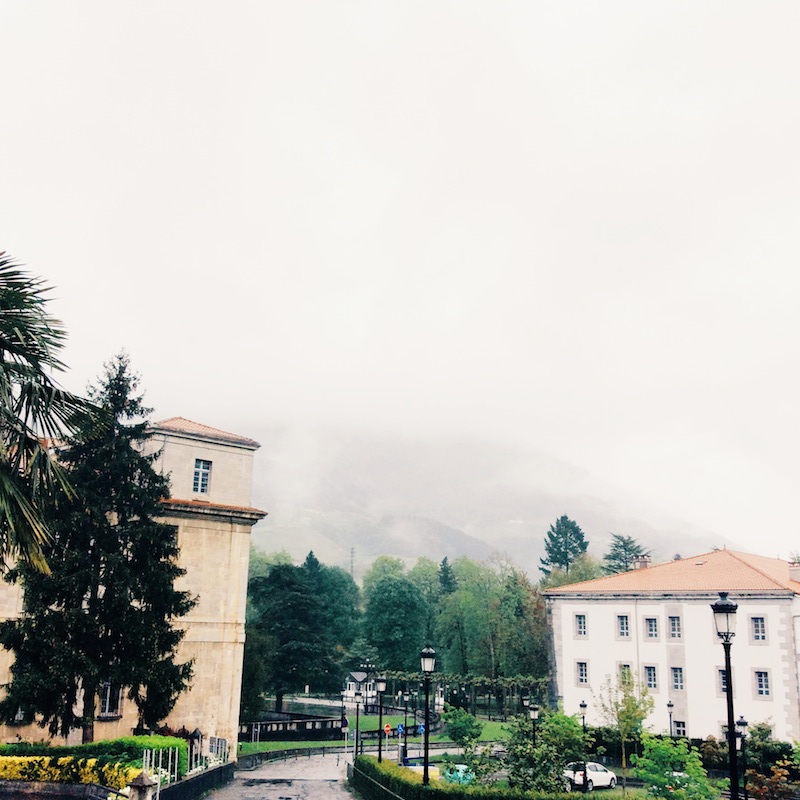
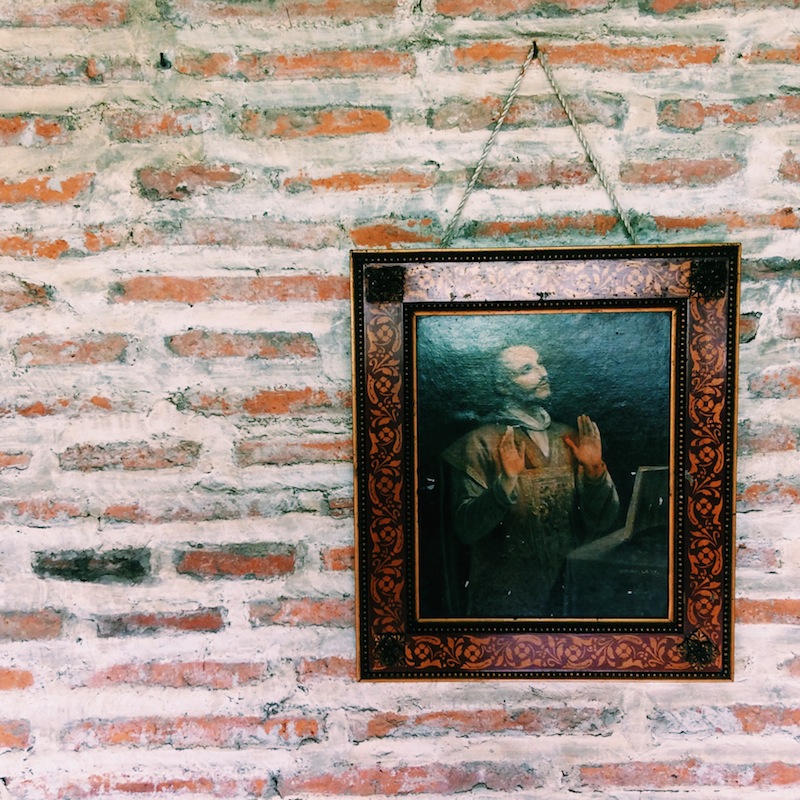
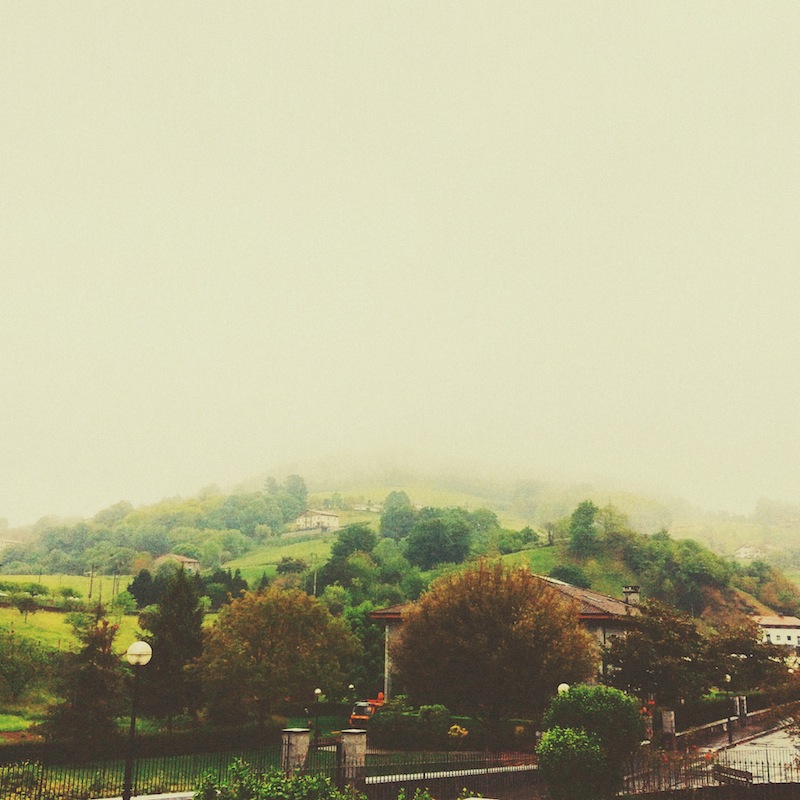
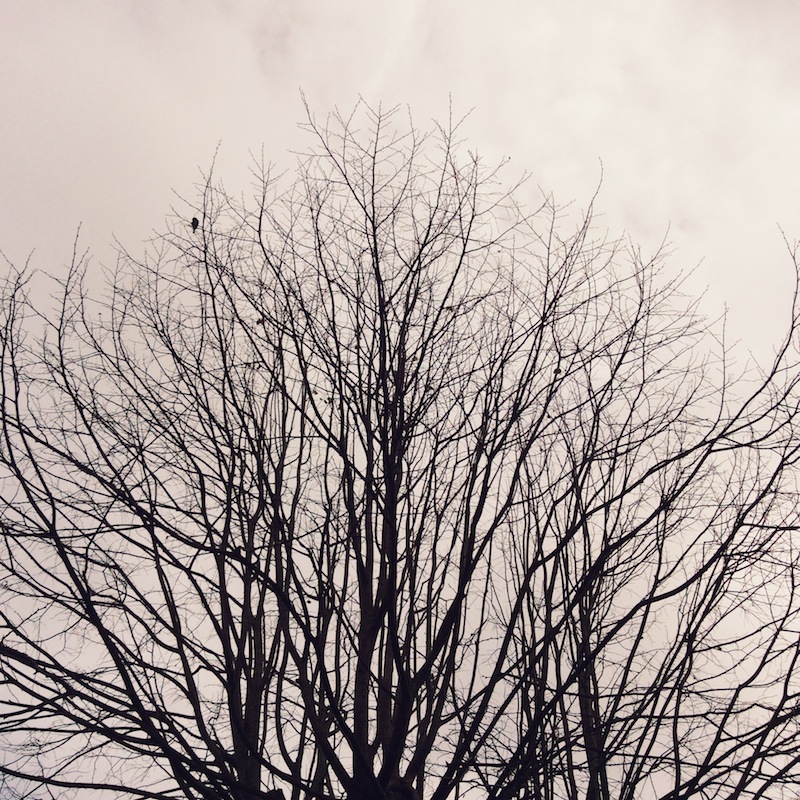
In Gipuzkoa, we marveled at the beauty of his hometown, Loiola, and the grandness of the castle where he was born.

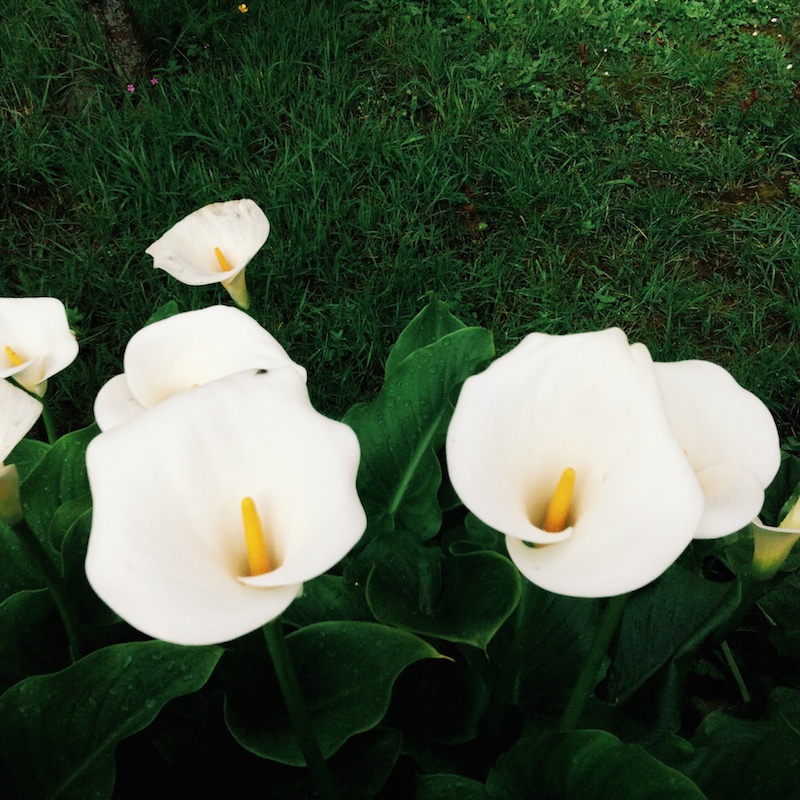
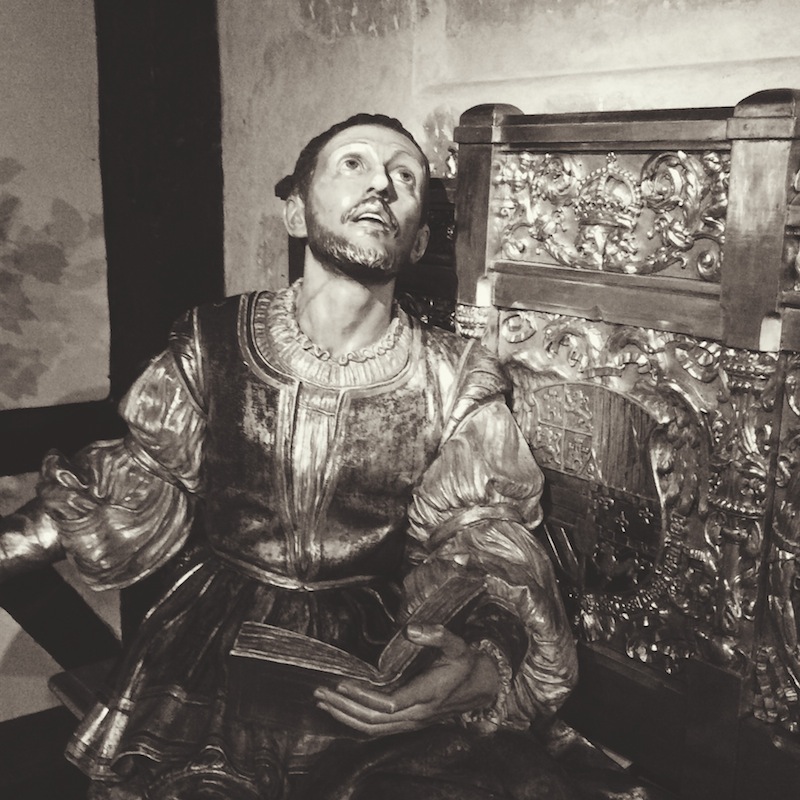
We attended mass inside the room where he convalesced after being hit by a cannon ball during the Battle of Pamplona. Called the Room of Conversion, a statue fashioned from his image sits looking up as if full of hope, his bandaged leg extended out, reminding us that vanity was one of the most difficult things Ignacio had to give up when he decided to follow God.
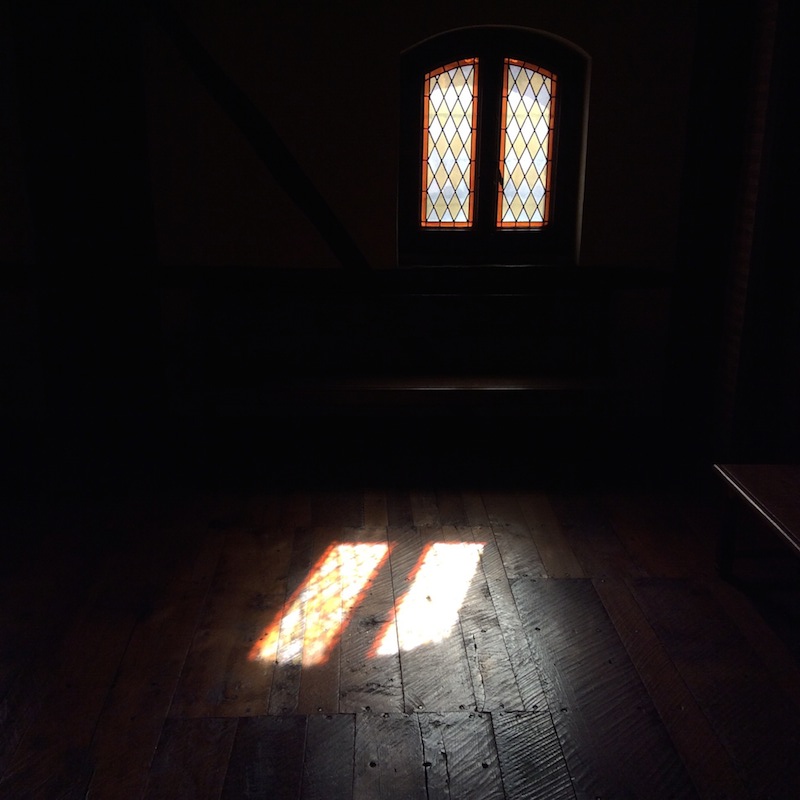

In the quiet corners of his home, one can only guess what was going through his mind. But it was a great experience to have found even just a bit of him in these little vignettes: the colorful shadows of the stained glass windows on the floor, the serene darkness of the private chapel where his family used to pray, or glimpses of the world outside the windows.
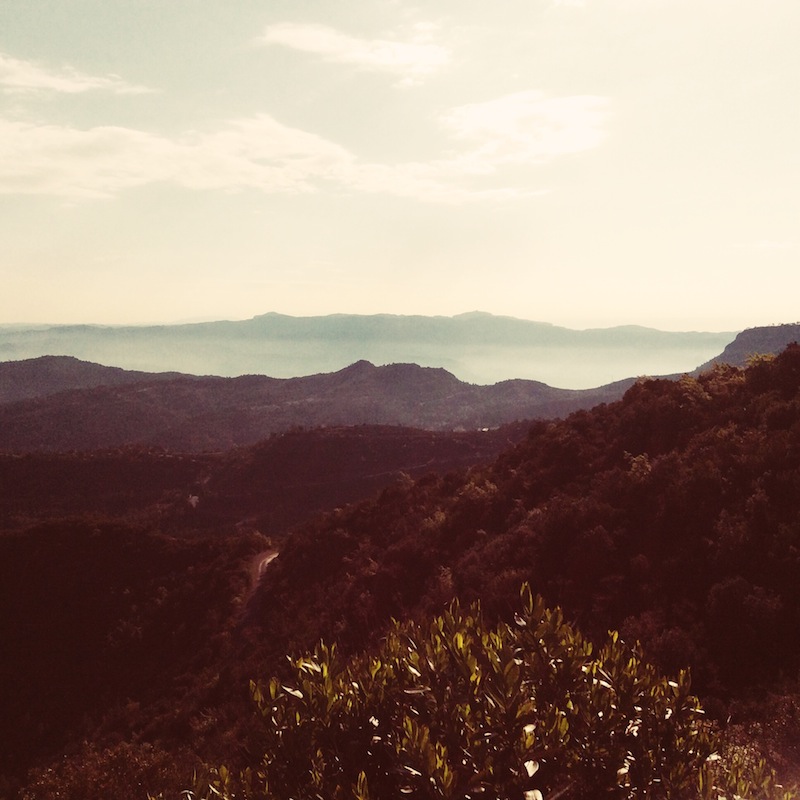
We searched for him in Barcelona, but not through the noise and grit of the city. Instead, we climbed the tranquil heights of Montserrat, a place he travelled to on horseback and on foot all the way from his hometown of Loiola. He covered 547 kilometers in all! His endurance and sheer resolve is just incomprehensible to me!
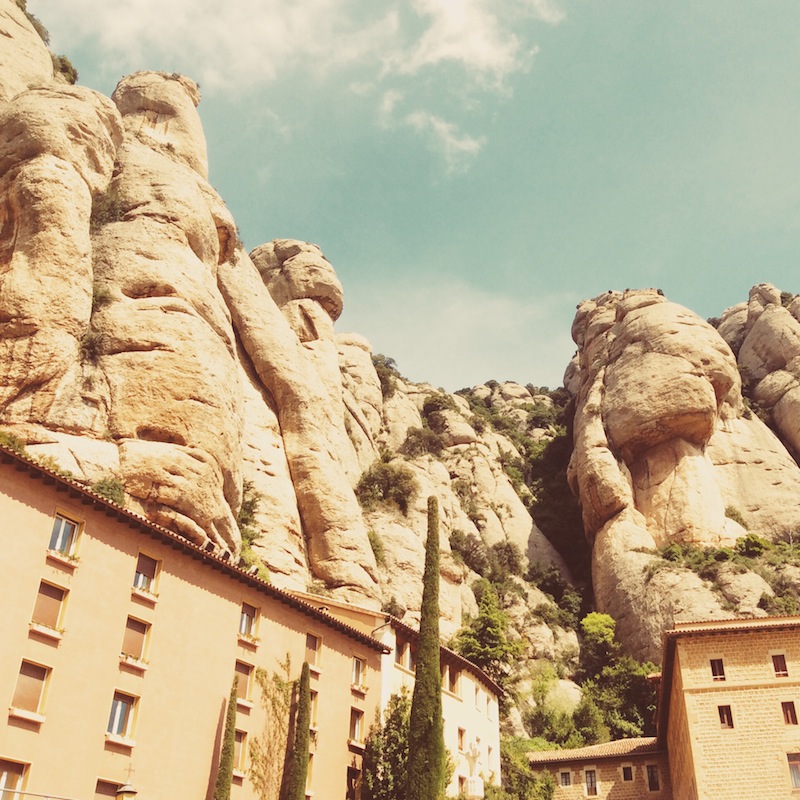
Montserrat’s serrated mountains stood like giant sentinels looking over the rustic landscape. Inside the Benedictine monastery, it is said that Ignacio offered his sword to the Lady of Montserrat, giving up his worldly life to pursue a holy one.

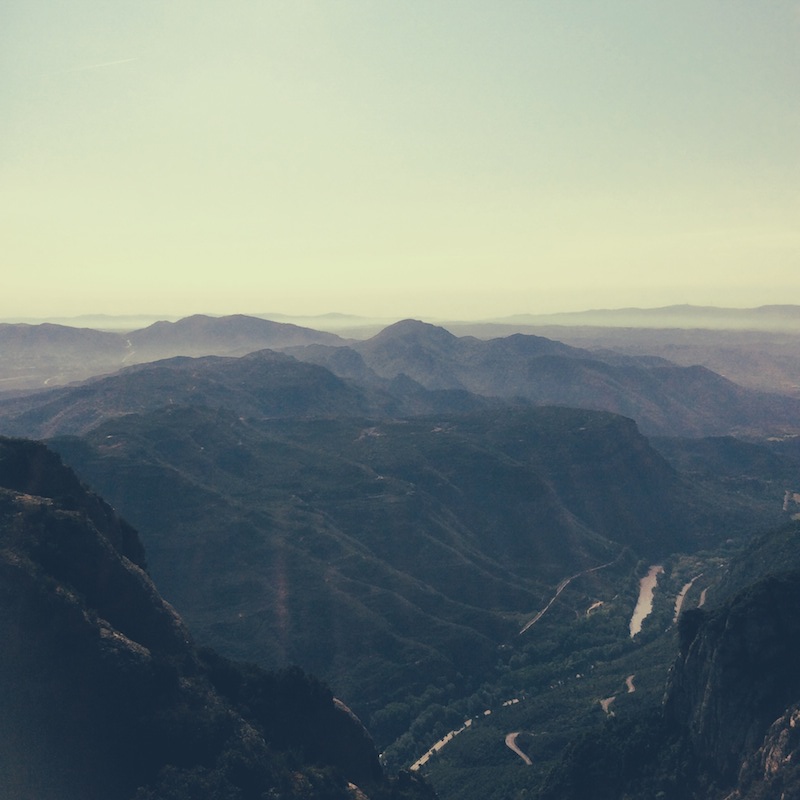
In Manresa, we peeked inside what was once the cave in which he sought solitude. Where he grew his hair and nails long, ate only for nourishment, and flogged himself daily in order to silence his scrupples. Here, too, was where he constantly wrestled with his demons. In this pitiful state, he found clarity and emerged a converted man for a second time. And in between his self-flagellations, he wrote the foundation of what was to become his masterpiece, his Spiritual Exercises.
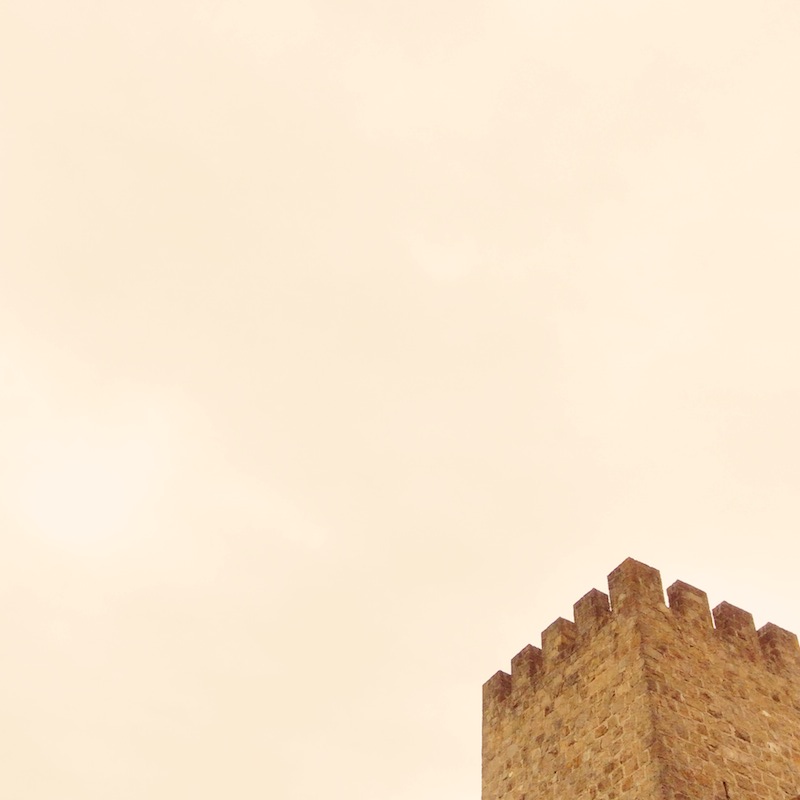
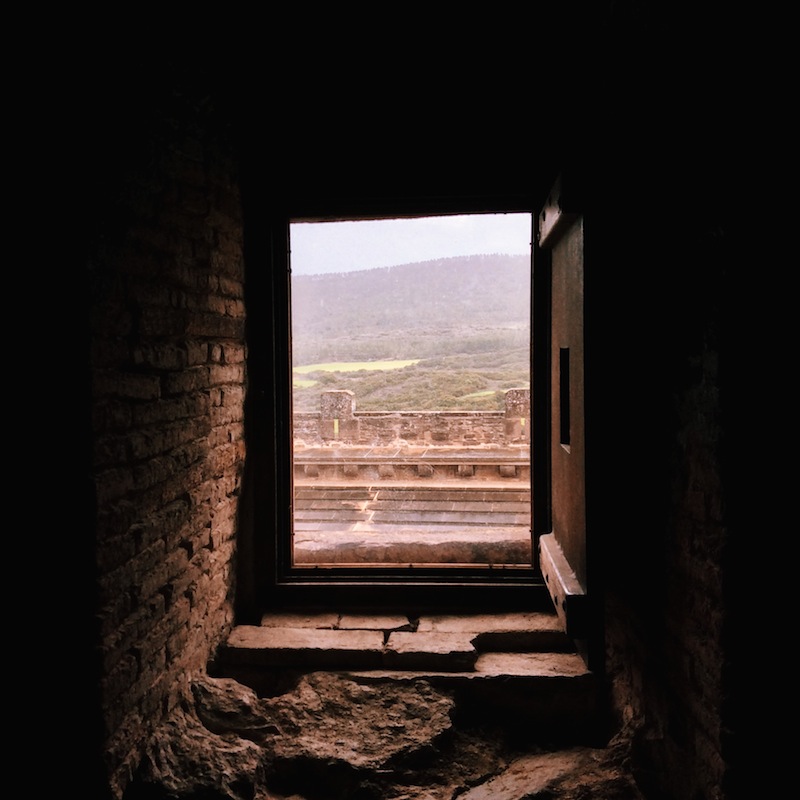
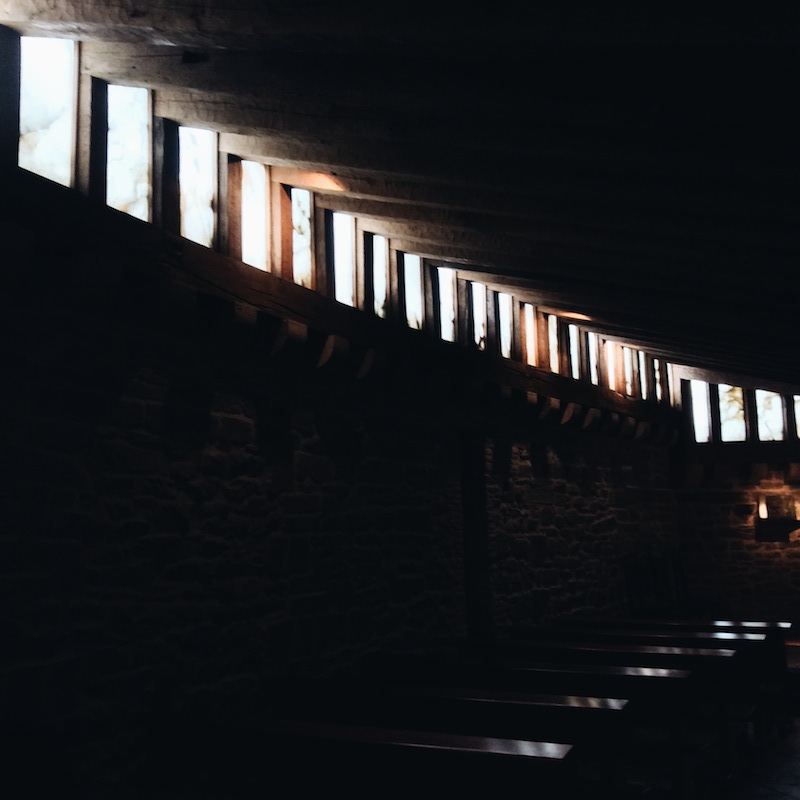

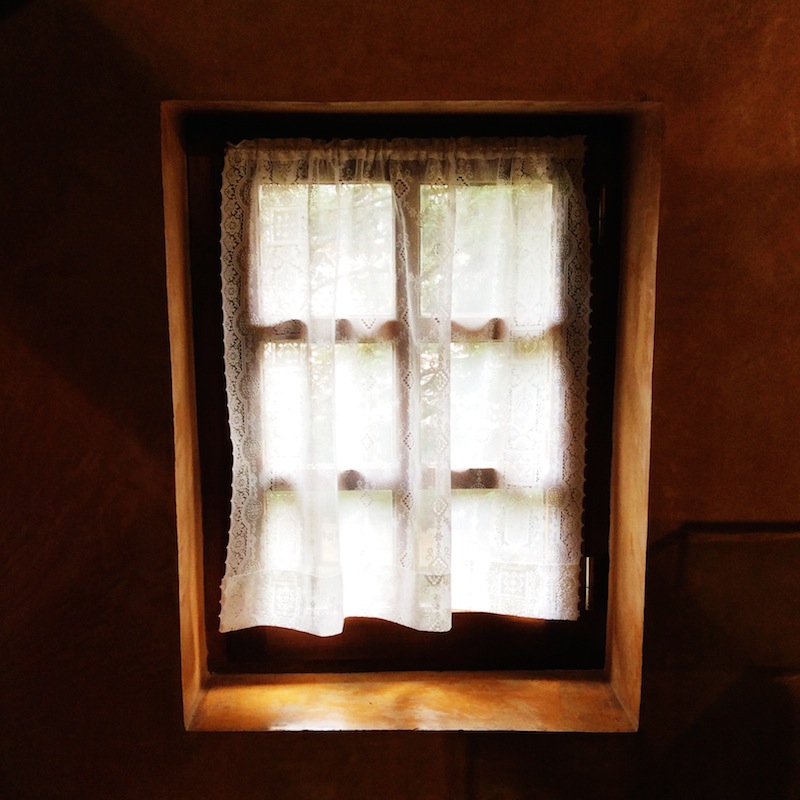
In Pamplona, the whole Basque city seemed to be a grand tribute to the man, with streets named after him and his companions. Indeed we found his name there, right smack in the middle of town, on a marker that reminded everyone how they were defended by a saint once. Years later, followers of his teachings would call their moment of conversion their ‘cannon ball moment.’
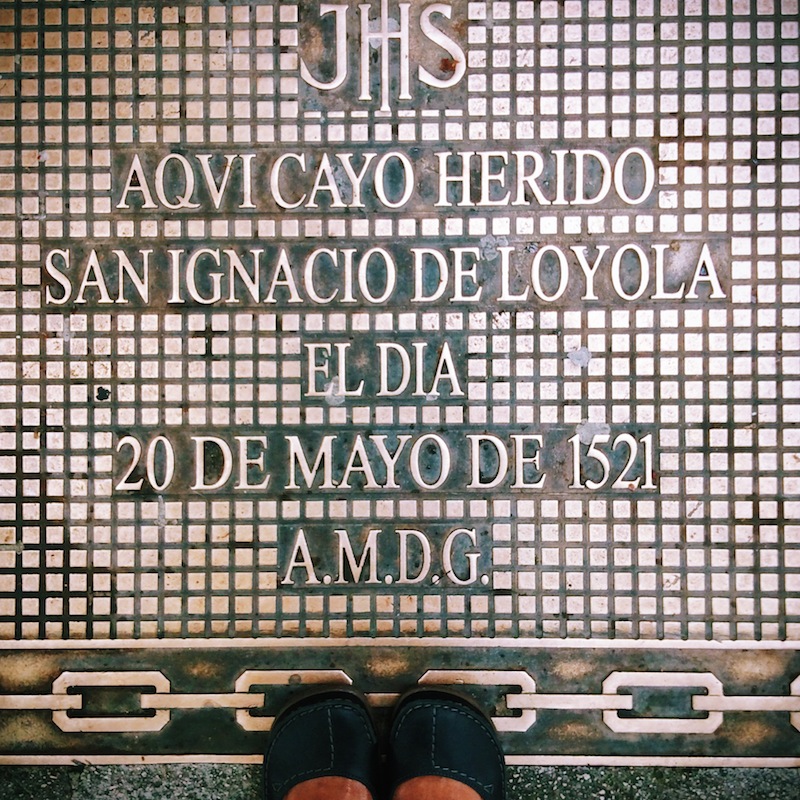
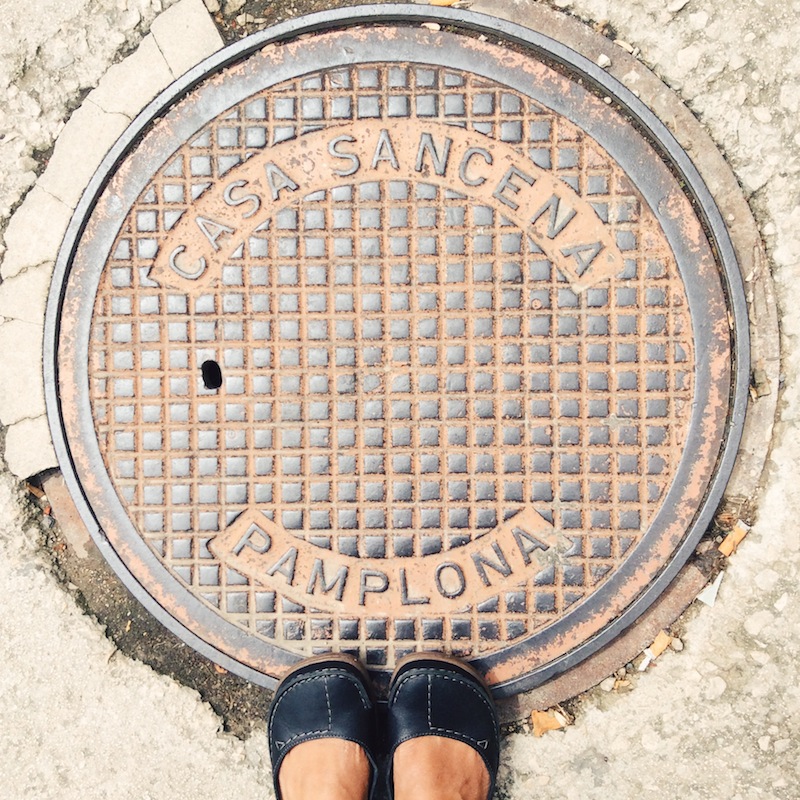
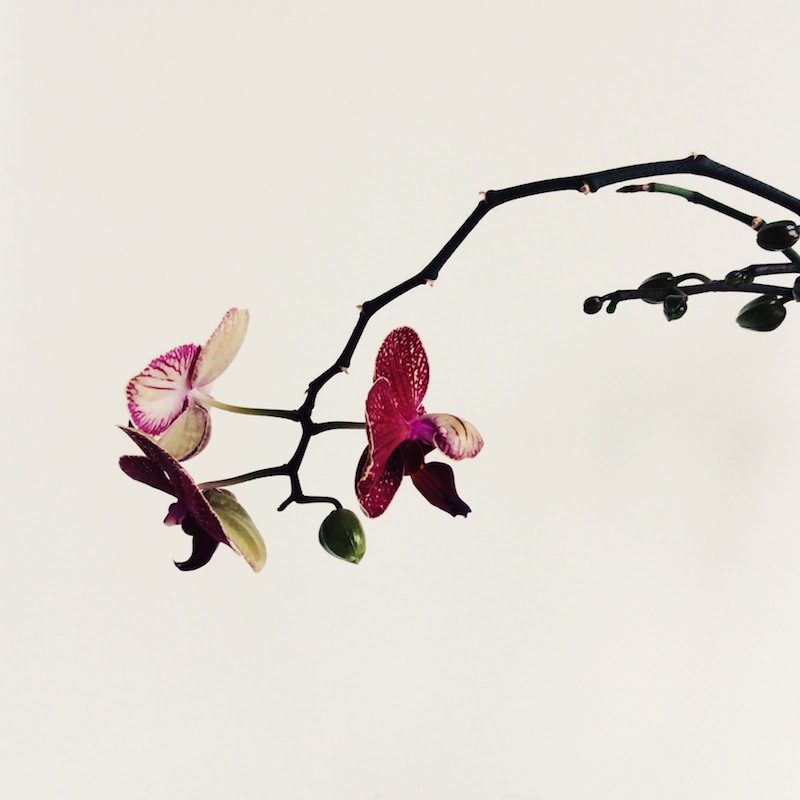
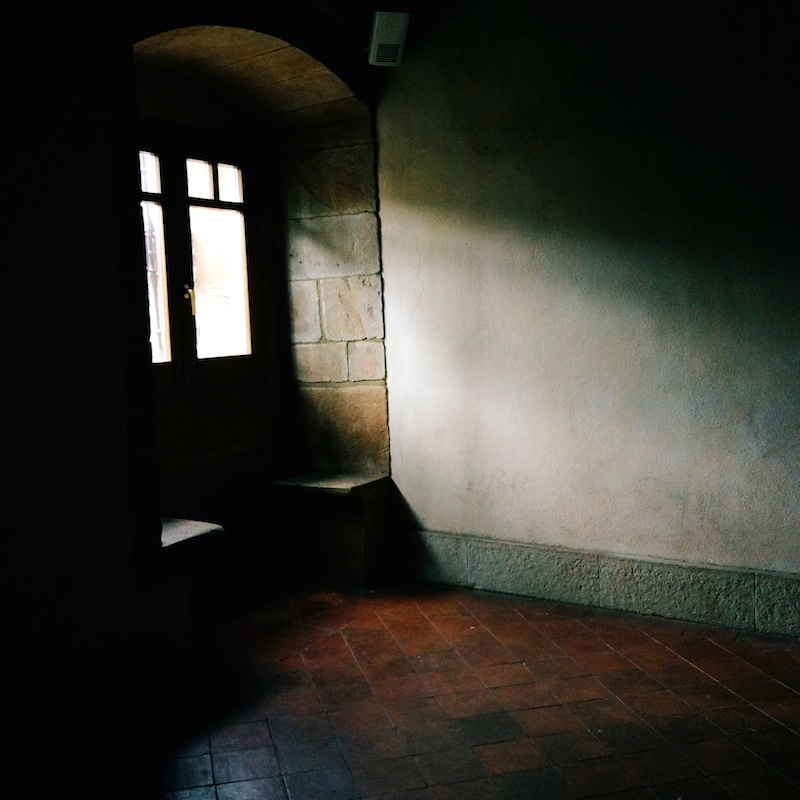
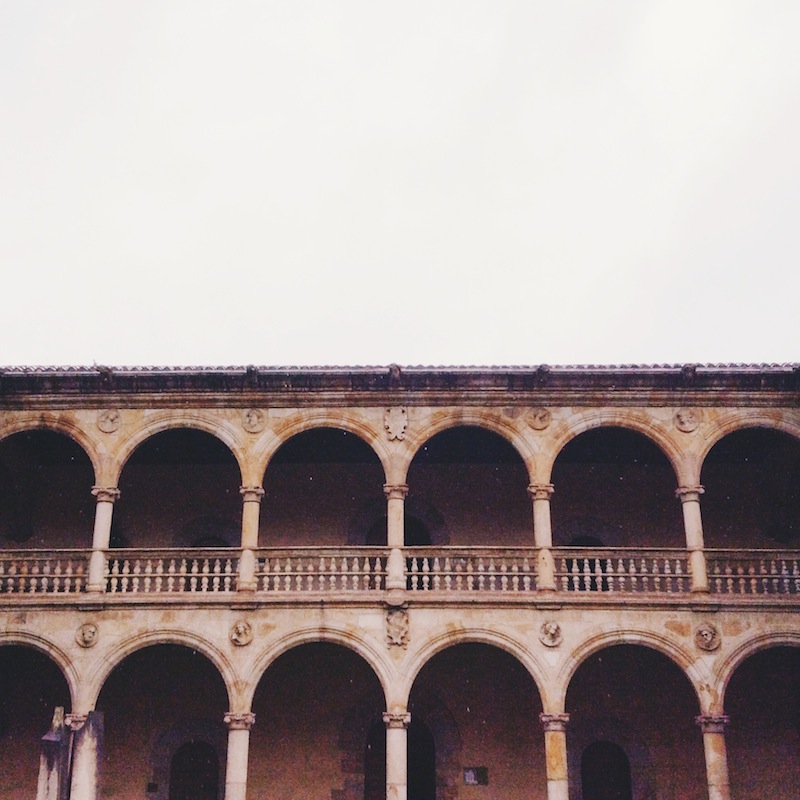
On our last day in Pamplona, I found myself having breakfast with Spanish Jesuits. Most of them were retired. Over bowls of hot cortado and with very limited English, they shared stories about their vocation. One of them told me about how he met a Filipina nun when he was missioned to India years ago. As he struggled to remember her name, his eyes twinkled, perhaps remembering the good old days when he was at the peak of his mission. And as I looked at him—at all of them—it occurred to me that these men who dedicated their lives to the service of God, lived simply but loved greatly. Unsurprisingly, it was in their company that I finally found Ignacio.
If you are interested to know more about San Ignacio de Loyola, support our film! Visit our IndieGoGo Campaign here. As a personal effort to help raise funds for the film, I am also making all photos in this post available for purchase. All profits will go directly to the Ignacio: the First Jesuit film fund. For prices and other details, please e-mail me at polmangilog@yahoo.com. AMDG!
This post is linked up with:



4 thoughts on “In Search of San Ignacio de Loyola”